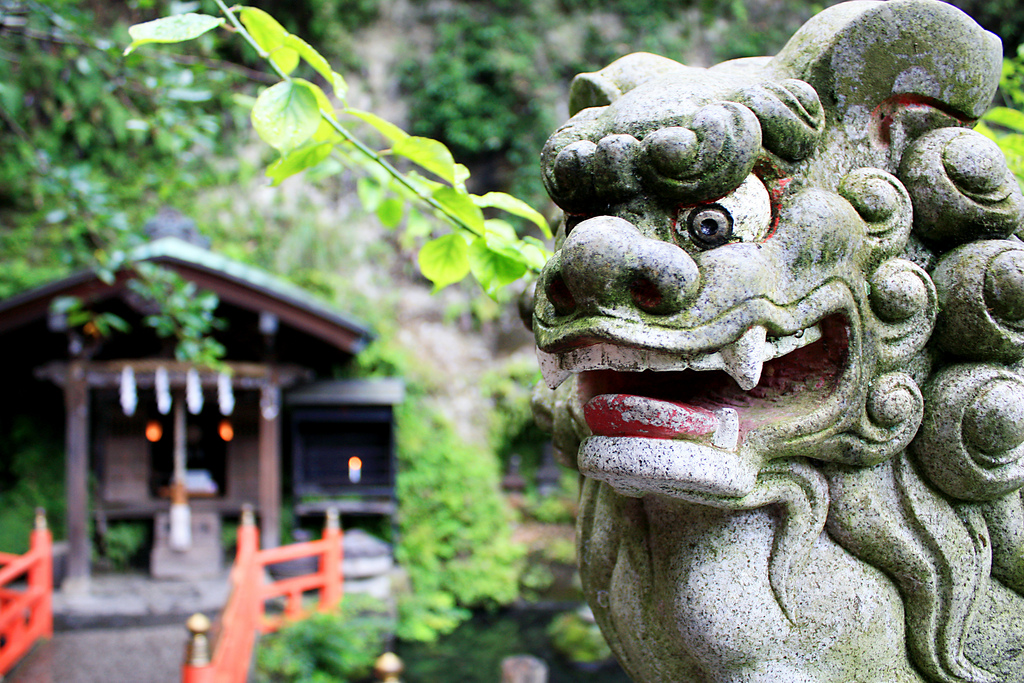The Kamakura shogunate can be referred in Japanese as Kamakura Bakufu. It was once a historic or ancient Japanese feudal military government. The heads of this government were known to be the Shoguns. The first three members of these are known to be from the clan of Minamoto. The next two comes from the members of the family of Fujiwara. The last six members were from the minor Imperial princes
1. Kamakura is a historic place
These years are legendary as evident of the Kamakura studies in Japan. This epic period takes its legendary name from the city place where the Minamoto shoguns dwell. After 1203, the government of the Hojo clan thought of a better geographical point for Shikken. In effect, the Shikken governed the area in the name of the Shoguns.
2. Minamoto established the place
Before the establishment of the Kamakura despotism, the government civil power in Japan was primarily held by the ruling great emperors and their good regents. Minamoto no Yoritomo seized some places to make sure to establish powers from the aristocracy. In 1192, Yoritomo and the Minamoto clan firmly established the historic military government in Kamakura.
3. The arrival of the Hojo Regency
After Yoritomo’s death, Hojo Tokimasa, who is the clan chief of Yoritomo’s widow, Hojo Masako, decided to claim the throne. A former guardian of Yoritomo, Hojo claimed the title of regent Shikken from Minamoto Yoritomo’s son Minamoto no Yoriie. Eventually, this paved the way for Hojo, making them claim hereditary to the Hojo clan starting from that time.
4. Mongol’s Kublai Khan invasions
The tribe of the Mongols, under the leadership of Kublai Khan, tried sea-borne and ground invasions between the years of 1274 to 1281. Fifty years before, the shogunate started to call for unity to the demands of Koreans, so that raids and invasions would soon stop. At some point, there was a creation of good diplomacy for a cooperative relationship between two states.
5. Decline and fall
Meanwhile, despotism maintained in a close watch in case the Mongols tried another invasion. In 1331, Emperor Daigo II took the arms against Kamakura but was eventually defeated by Kamakura’s Ashikaga Takauji. after that, he was exiled to the Island of Oki. At that time, the place was in Shimane Prefecture. In 1336, Ashikaga Takauji assumed the position of the Shogun, thereby establishing the new shogunate of Ashikaga.
6. Framework system of Kamakura
The Kamakura shogunate basically functions within the framework of the Imperial rule’s Heian system. Yoritomo basically established the chancellery. This is known to be the Mandokoro and known to be his principal form of government in Kamakura. Later, under the Hojo regency, a separate institution called the Hyojoshu became the focus of the state.
7. Kamakura shogunate appointees
The shogunate usually appoints brand new military governors or Shugo over most of the provinces in the region. These military governors were essentially selected, chiefly from the most powerful families from the different provinces of the region. The title was usually bestowed upon the general. The family may also get benefits accorded to the shogunate appointees.
8. The government of Kamakura
Although the Kamakura Shogunate generally manages, govern and control their very own affairs in the state, in theory, they were still obliged to the main and central government. This usually happens through the firm allegiance to the administrator. The military Kamakura Shogun governors, on the other hand, works in parallel with the existing system of the governors as well as the vice-governors or Kokushi. These are usual appointments by Kyoto’s civil government.
9. Appointments of stewards or “Jito”
Kamakura shogunate also used to appoint “Jito” or stewards. These are generally positions to be taken in the Shoen or manors. These stewards or “Jito”, basically receive income and revenues from the Shoen manors. For their part and in return, they will have to perform allegiant military service. They have to serve along the holders and within the comparable geographical area. They would also have to deliver dues from the manor to the city owner. Thus, the twin governmental system eventually reached to the levels at the manor.
10. Visit the grave of Minamoto
Try to visit the Minamoto no Yoritomo grave. The great leader was the founder of the great Kamakura Shogunate. This is strategically located in Kamakura, which is in Kanagawa. This is the tomb or grave of Minamoto no Yoritomo, a popular Shogun, which are known to be the supreme military boss in ancient and historic Japan. Minamoto no Yoritomo was the founder of Kamakura Shogun or one of the first military government.
Information
- Capital: Kamakura, Kanagawa
- Religion: Shinbutsu Shugo
- Government: Feudal military dictatorship
- Languages: Late Middle Japanese
- Currency: Ryo
- Address of grave site: 2 Nishimikado, Kamakura 248-0004, Kanagawa Prefecture
Have a good trip and travel!

























